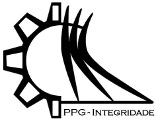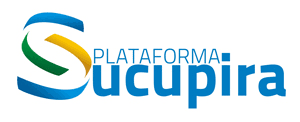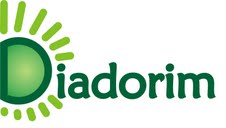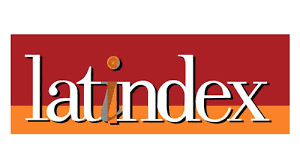IMPLEMENTAÇÃO E VALIDAÇÃO DO MODELO CONSTITUTIVO DE JIANG PARA PLASTICIDADE CÍCLICA
DOI:
https://doi.org/10.26512/ripe.v2i33.14420Abstract
  Resumo. A capacidade de prever de forma confiável o comportamento elastoplástico de um componente submetido a carregamentos vem ganhando importância no setor industrial. Atualmente a mecânica computacional possui números modelos constitutivos que cumprem tal tarefa, porém cada modelo possui suas limitações. Tendo isso em vista, este trabalho busca apresentar a importância da modulação do endurecimento cinemático na simulação de componentes dúcteis submetidos à plasticidade cíclica, por meio da implementação do modelo constitutivo endurecimento cinemático proposto por Jiang (1996) utilizando a linguagem FORTRAN e realização de um estudo comparativo entre os resultados encontrados pelos modelos de Jiang e Chaboche e também dados experimentais retirados da literatura, para a simulação do comportamento elastoplástico de três aços distintos (Aço 304, S460N e SAE 1045 HR) submetidos a históricos de carregamentos cíclicos proporcionais e não-proporcionais.
Palavras chaves: Modelos Constitutivos, Plasticidade Cíclica, Endurecimento Cinemático, Jiang.
Downloads
Published
Issue
Section
License
Given the public access policy of the journal, the use of the published texts is free, with the obligation of recognizing the original authorship and the first publication in this journal. The authors of the published contributions are entirely and exclusively responsible for their contents.
1. The authors authorize the publication of the article in this journal.
2. The authors guarantee that the contribution is original, and take full responsibility for its content in case of impugnation by third parties.
3. The authors guarantee that the contribution is not under evaluation in another journal.
4. The authors keep the copyright and convey to the journal the right of first publication, the work being licensed under a Creative Commons Attribution License-BY.
5. The authors are allowed and stimulated to publicize and distribute their work on-line after the publication in the journal.
6. The authors of the approved works authorize the journal to distribute their content, after publication, for reproduction in content indexes, virtual libraries and similars.
7. The editors reserve the right to make adjustments to the text and to adequate the article to the editorial rules of the journal.









